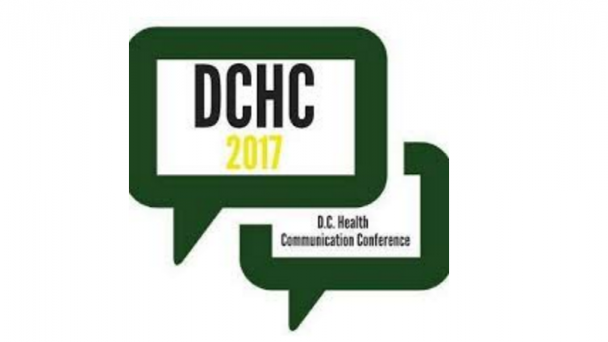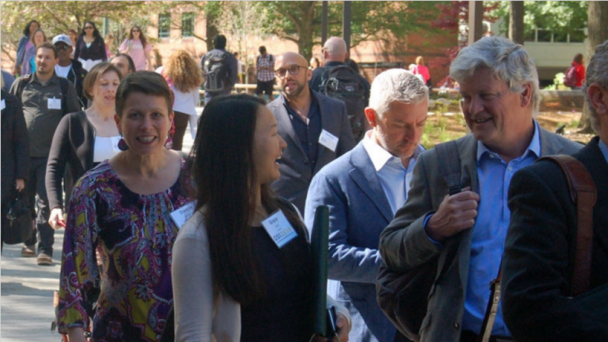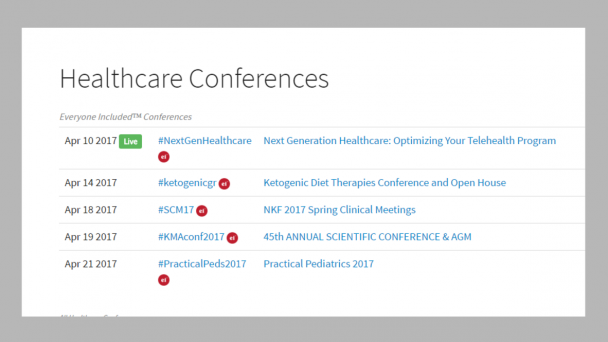Information
Link to webcast Agenda Planning Committee HMD website: nationalacademies.org/hmd/About-HMD.aspx
Contact: MicrobialThreats@nas.edu Address: Keck Center 500 Fifth St. NW Washington, DC 20001
This workshop, organized by the Forum on Global Health – Health and Medicine Division of the National Academies of Science, Engineering and Medicine- is free and open to the public, but registration is required. The workshop will also be webcast, and all videos of the webcast recordings will be archived on the workshop website.
Overview
Building communication capacity is critical for the preparedness, detection and response to infectious disease threats. The International Health Regulations (IHR) establish risk communication as a core capacity that member states must fulfill to strengthen the fight against these threats. Despite global recognition of the importance of complying with IHR, 67% of signatory countries report themselves as not compliant. This lack of capacity has grave consequences as shown during the West Africa Ebola epidemic. The lack of communication infrastructure and procedures in place delayed the transmission of key messages from public health and government officials to the public. Furthermore, no mechanisms were in place for the public to share their questions, concerns and fears with public health authorities.
By ...
OnAir Post: HMD – Communication and Infectious Disease




